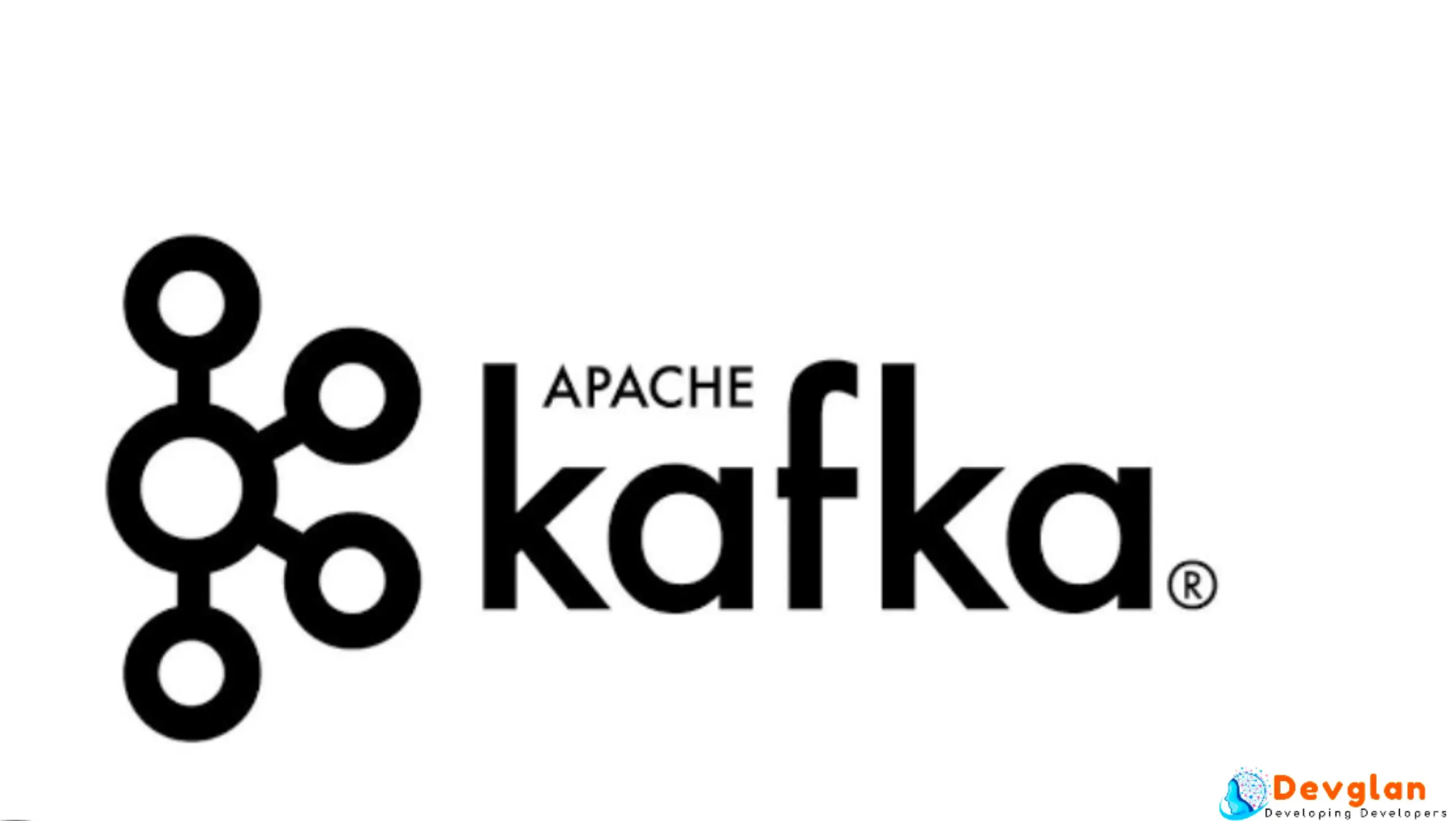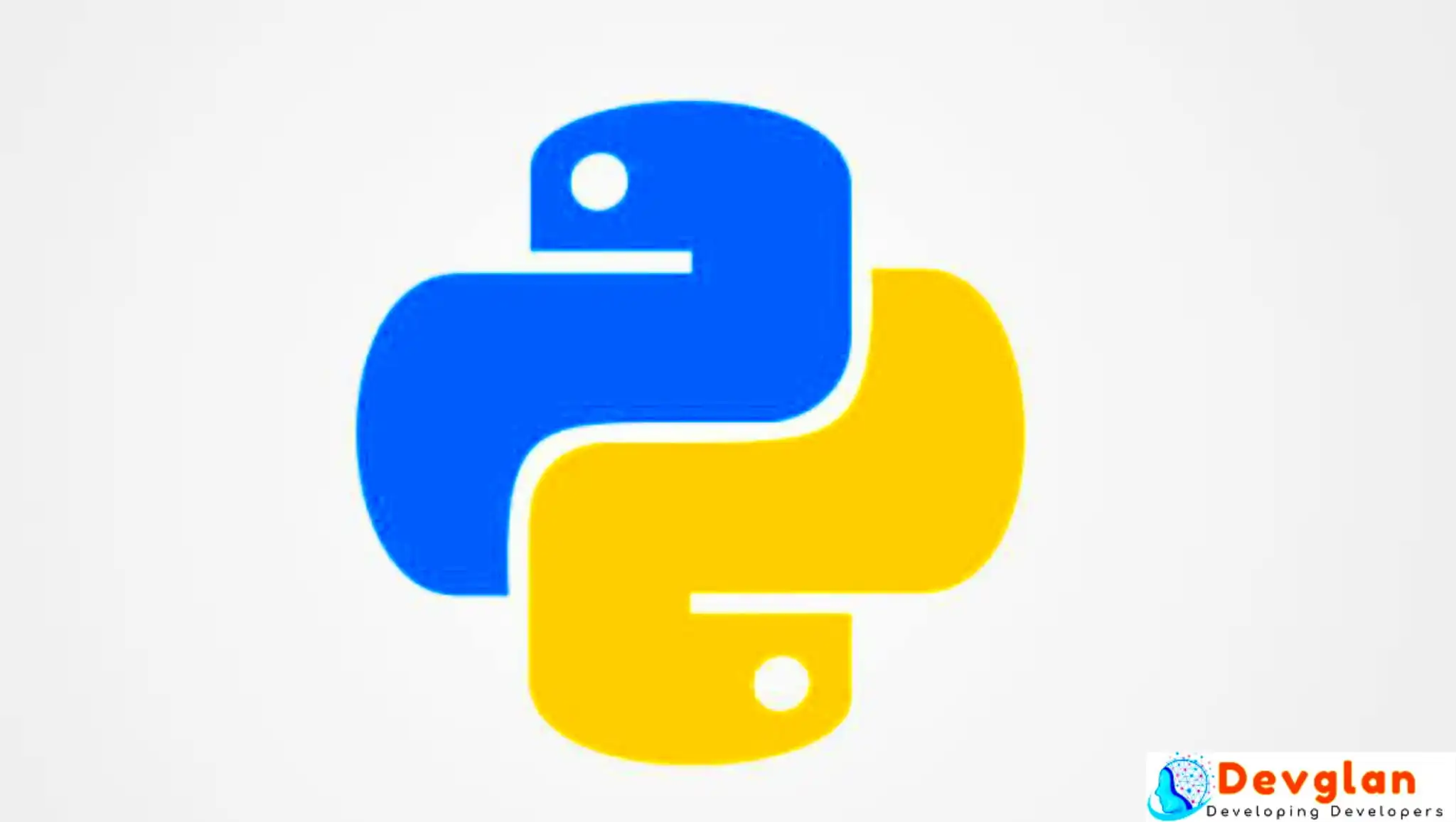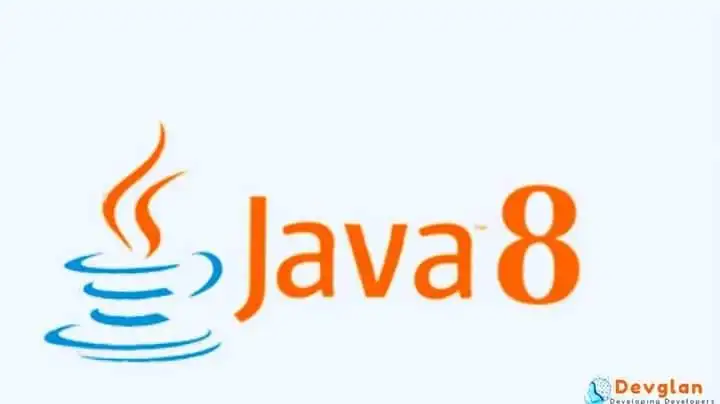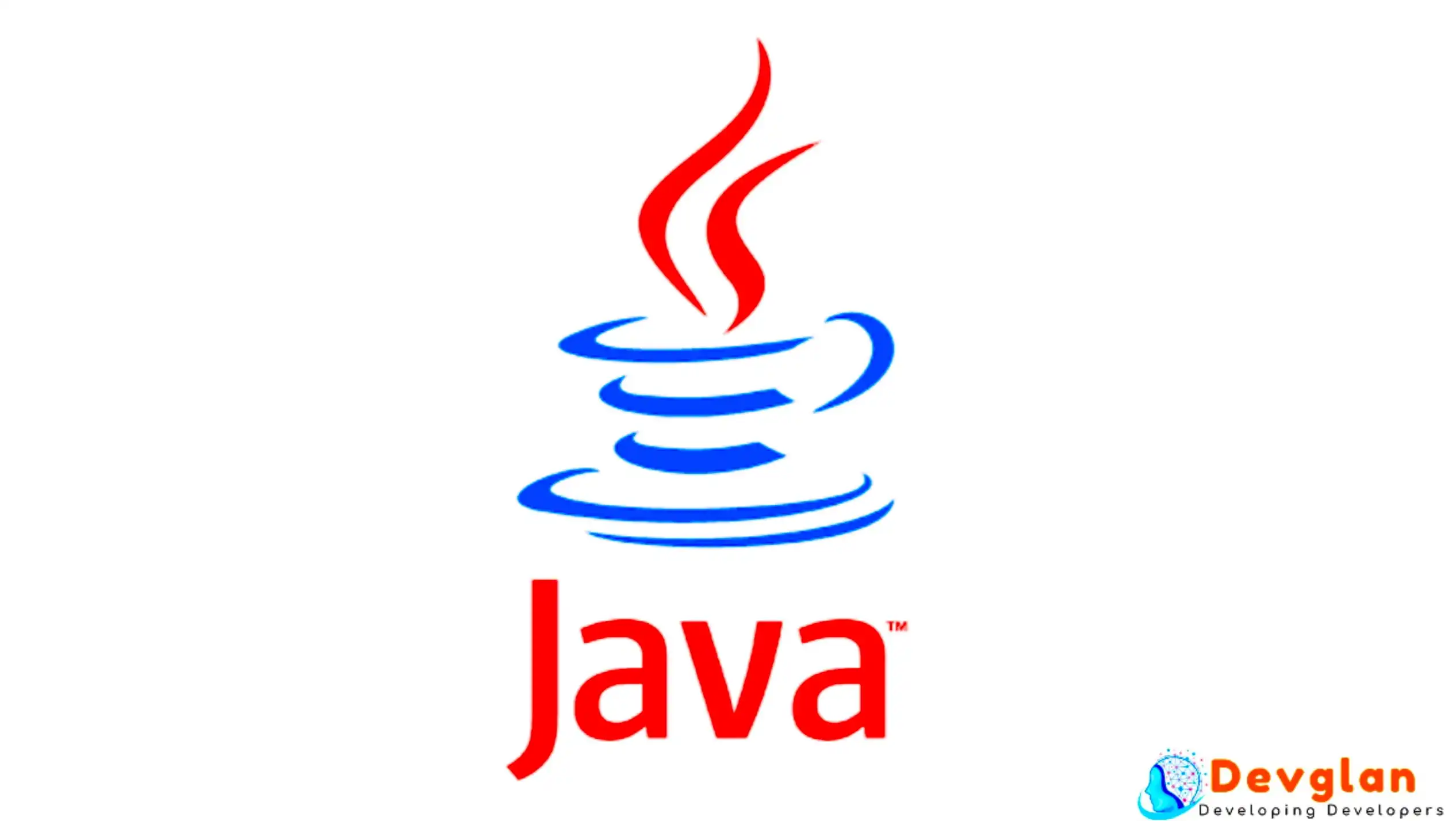Modern business challenges demand analytical thinking and creative problem-solving at once. A programmer’s mindset provides both by combining logic with adaptability. This approach allows leaders to break complex goals into smaller, actionable steps that move companies forward. It helps decision-makers identify patterns, optimize processes, and anticipate outcomes with precision. When business strategy adopts this way of thinking, every plan becomes more data-informed and efficient. Embracing programming logic reshapes how leaders approach growth and innovation.
Businesses are no longer thriving on intuition alone; they rely on systems that mirror the precision of code. Strategic leaders who think like programmers understand that flexibility and iteration drive progress. They analyze feedback loops, refine their methods, and continuously test new ideas for improvement. These same traits define successful enterprises that stay ahead of changing markets. Adopting a programmer’s mindset creates structured creativity that leads to consistent innovation. This balance between logic and imagination is what keeps modern business strategy effective and resilient.
The Logic Behind Strategic Thinking
Business strategy benefits from the structured reasoning that programmers use when solving challenges. Logical thinking helps leaders approach problems methodically instead of relying on guesswork. This mindset encourages them to break goals into smaller, measurable objectives that can be refined through testing. It mirrors the coding process, where each line serves a specific purpose to create a functioning system. When applied to management, this structured approach reduces wasted effort and strengthens collaboration across teams. The result is a more transparent process that aligns creativity with measurable success.
Incorporating logical problem-solving early in a career can create long-term advantages. Students who attend programs such as a business management summer school often experience this connection firsthand. These programs teach how analytical frameworks enhance leadership decisions in real-world contexts. They also expose learners to data-driven models that parallel the step-by-step reasoning of programming. Such early exposure prepares future managers to understand both numbers and narratives. The ability to translate coded logic into strategic insight becomes a defining professional skill.
Innovation Through Analytical Mindset
Creative problem-solving in business often begins with structured analysis. Programmers excel at identifying inefficiencies and improving processes with data-backed solutions. When companies adopt this approach, they build strategies that evolve continuously instead of remaining static. Analytical thinking enables managers to identify emerging trends, test assumptions, and refine approaches in real time. It also ensures that creativity is balanced with logic to produce scalable innovation. Teams learn to design experiments, analyze outcomes, and adjust tactics like developers testing new software. Each iteration improves the product, process, or campaign. This creates a cycle of sustainable innovation that mirrors software development principles.
Global exposure to analytical problem-solving deepens this mindset further. Students participating in New York summer school often learn how to merge coding logic with creative business design. These courses demonstrate that innovation requires both experimentation and structure. They highlight how the combination of data and imagination leads to practical business breakthroughs. Through project-based learning, students develop the capacity to evaluate and improve real systems. A programmer's mindset enables future leaders to analyze problems without losing sight of creative goals. It fosters innovation rooted in precision and purpose.
Collaboration Between Technical and Strategic Thinkers
Cross-functional collaboration thrives when team members think like programmers. Understanding how systems interact allows managers to communicate more effectively with developers and analysts. A programmer's mindset encourages transparency, feedback loops, and shared accountability. It shifts conversations from personal opinions to evidence-based dialogue. Integrating coding principles like iteration and debugging helps resolve conflicts quickly and constructively. The result is a workplace culture that values experimentation and learning. This culture directly contributes to better outcomes across projects and departments.
Experiential learning in programs such as a Sydney summer school can reinforce this collaborative approach. Students in these settings often engage in multidisciplinary projects that combine business and technology. Through this environment, they experience how strategy and programming complement each other. Participants learn to appreciate diverse problem-solving styles and develop shared languages of efficiency. Such collaboration mirrors the real-world dynamic between managers, engineers, and analysts. In business, that adaptability becomes the foundation of long-term success.
Integrating Coding Principles Into Business Strategy
Adapting programming principles can transform how organizations set and measure strategic goals. Concepts like modular design and iterative testing encourage leaders to approach strategy as an evolving process. Instead of rigid plans, companies can build flexible systems that respond to market changes efficiently. Each adjustment acts like debugging a program, where continuous refinement improves performance. This promotes agility while maintaining clarity of purpose. Moreover, coding teaches that every error presents an opportunity for growth. When executives apply this mindset, they shift from reacting to anticipating challenges. It fosters a culture where continuous improvement becomes second nature.
Businesses that embrace this framework discover that coding logic simplifies complex challenges. When decision-makers think in algorithms, they create scalable models for productivity and innovation. This logical lens reveals hidden inefficiencies that might otherwise go unnoticed. Over time, it leads to more reliable forecasting and better alignment across departments. Programming logic becomes the structure that supports agile strategy execution. Each department can interpret its role as a function within a larger operating system. This clarity reduces miscommunication and increases efficiency. Strategic precision becomes as measurable as performance metrics in software.
Final Thoughts
Developing a programmer's mindset allows leaders to navigate business with precision and creativity. It transforms how strategies are built, evaluated, and refined. By breaking complex objectives into manageable parts, organizations can maintain momentum while improving performance. The same logic that drives code also drives intelligent decision-making. It aligns vision with execution, ensuring that no step is wasted or miscalculated. This approach produces leaders who are disciplined yet imaginative. They become problem-solvers who thrive on clarity and adaptability. These qualities define the new generation of business innovators.
The intersection of coding and strategy marks a turning point in modern leadership. Companies that embrace structured logic while valuing creative input remain resilient in fast-changing environments. A programmer's mindset offers the blueprint for balancing consistency with transformation. It builds organizations that learn from every project, refine their systems, and deliver measurable results. Leaders who think this way are not just managers but architects of growth. They design strategies as developers design systems: with intention, precision, and evolution in mind. The future of business depends on how effectively logic and vision merge into one.

















